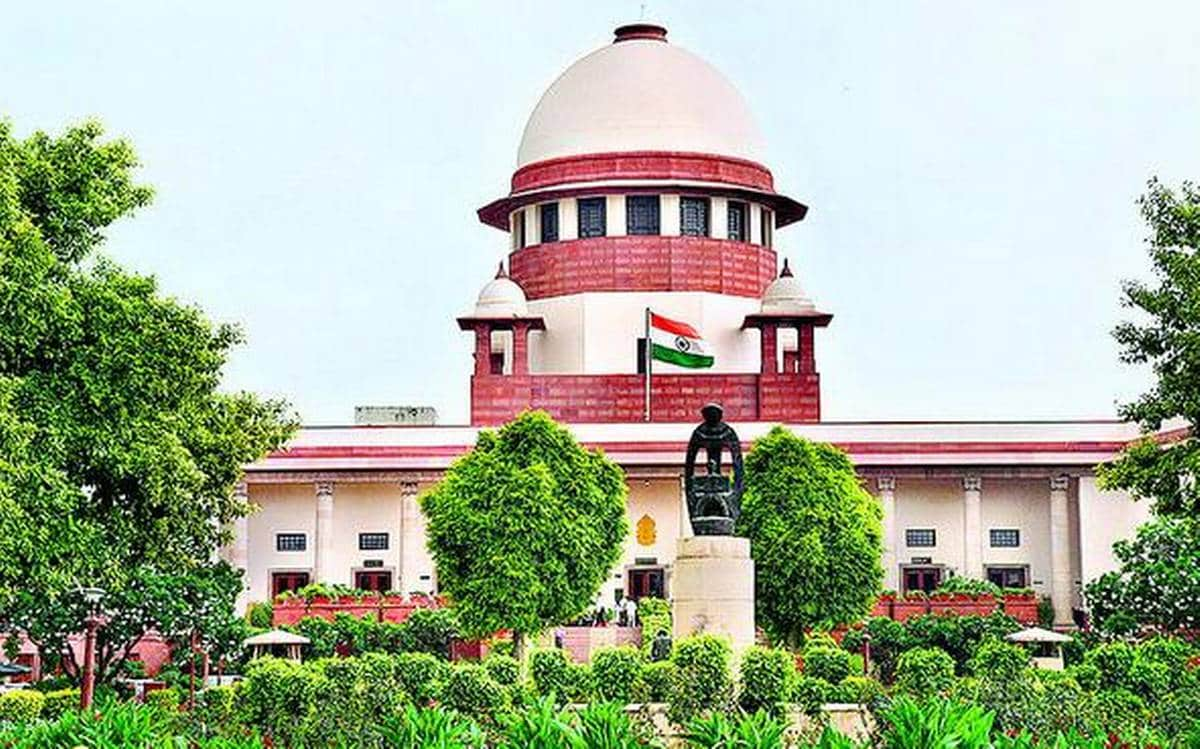Much like the evolution of humankind over the millennia, the inventions by humans have also evolved with the progress and advances in technology. Right from the invention of the telephone by Graham Bell to the present day wonder phone ; the cellular or mobile phone.
Cellular mobile technology has also benefited greatly from such advances, Think back to the first generation of mobile phones and connectivity options offered and you think of large phone instruments and only voice enabled phones.
Segue to the present day and we have now arrived at the threshold of a major revolution in cellular technology: the 5G network.
What is the 5G network technology? Simply expressed, it is an advancement of technology, but to put it in better terms, what this means is that with higher usage of mobile phones, which have morphed into office equipment or entertainment consoles due to their ease of usage and accessibility, this new technology has the capability of transmitting data at higher speeds, without any perceptible delay ( which is known as low latency in technical terms), which even the current 4G network could not perhaps address.
What are the laws governing 5G network technology? At present, there are no specific regulations or laws that govern this technological advance and it would thus be governed by the existing bouquet of legislations and rules, which are;
Indian Telegraph Act, 1885: This legislation regulates the telecommunication sector, empowering the government to put up infrastructure and licensing of infrastructure.
The Indian Wireless Telegraphy Act, 1933: This legislation regulates the usage of wireless telegraphs in the country.
Telecom Regulatory Authority of India Act, 1997: This act was put into place in order to regulate and settle telecom disputes and an authority know as Telecom Regulatory Authority of India was setup under the legislation . The initial role of the authority was to look into disputes in the sector , its scope was however, expanded to regulate the sector in the country, which in the context of the mobile or cellular technology also includes the grant of licences.
Information Technology Act, 2000: As the name suggests, this act governed information technology, but was later amended in 2008 to include telecom service industry.
Apart from this the guidelines issued by the Government under these enactments would hold the field. Allocation of spectrum would be based upon technical evaluations carried out before granting licences.
What are the requirements to be fulfilled by the applicant telecom companies to obtain 5G spectrum licence? The company must hold a Cellular Mobile Telephone Service Licence or Unified Access Service Licence , Unified Licence with permission/authorisation for access services for the service area for which it has bid for (the region that it has bid for).
Apart from this, the additional or subsidiary conditions that have to be met are:
The company that bids for licenses must have a net worth of Rs. 100 crores for the service area that it has bid for amongst other ancillary requirements.
The stance of the Government: The stance of the Government as reflected on its website https://dot.gov.in/5g-india-2020 is that “ The 5G technology has been conceived as a foundation for expanding the potential of the Networked Society. A digital transformation brought about through the power of connectivity is taking place in almost every industry. The landscape is expanding to include massive scale of smart things to be interconnected. Therefore, the manner in which future networks will cope with massively varied demands and a business landscape will be significantly different from today.
The economic benefits from the 5G technology are also quite immense. As per the OECD (Organization for Economic Cooperation and Development) Committee on Digital Economic Policy, it has been stated that 5G technologies rollout will help in Increasing GDP, Creating Employment, Digitizing the economy.
For India, 5G provides an opportunity for industry to reach out to global markets, and consumers to gain with the economies of scale. Worldwide countries have launched similar Forums and thus, India has joined the race in 5G technologies.
The Government gave the go ahead for 5G spectrum trials as reported on the website,https://www.pib.gov.in/PressReleseDetailm.aspx?PRID=1715927,which stated that-The Department of Telecommunications (DoT), Government of India, approved permissions to Telecom Service Providers (TSPs) for conducting trials for use and applications of 5G technology. The applicant TSPs include Bharti Airtel Ltd., Reliance JioInfocomm Ltd., Vodafone Idea Ltd. and MTNL. These TSPs have tied up with original equipment manufacturers and technology providers which are Ericsson, Nokia, Samsung and C-DOT. In addition, Reliance Jio Infocomm Ltd. will also be conducting trials using its own indigenous technology.
The permissions have been given by DoT as per the priorities and technology partners identified by TSPs themselves. The experimental spectrum is being given in various bands which include the mid-band (3.2 GHz to 3.67 GHz), millimetre wave band (24.25 GHz to 28.5 GHz) and in Sub-Gigahertz band (700 GHz). TSPs will also be permitted to use their existing spectrum owned by them (800 MHz, 900 MHz, 1800 MHz and 2500 MHz) for conduct of 5G trials.
The duration of the trials, at present, was for a period of 6 months. This includes a time period of 2 months for procurement and setting up of the equipment.
The permission letters specify that each TSP will have to conduct trials in rural and semi-urban settings also in addition to urban settings so that the benefit of 5G Technology proliferates across the country and is not confined only to urban areas.
The TSPs are encouraged to conduct trials using 5Gi technology in addition to the already known 5G Technology. It will be recalled that International Telecommunications Union (ITU) has also approved the 5Gi technology, which was advocated by India, as it facilitates much larger reach of the 5G towers and Radio networks .The 5Gi technology has been developed by IIT Madras, Centre of Excellence in Wireless Technology (CEWiT) and IIT Hyderabad.
The objectives of conducting 5G trials include testing 5G spectrum propagation characteristics especially in the Indian context; model tuning and evaluation of chosen equipment and vendors; testing of indigenous technology; testing of applications (such as tele-medicine, tele-education, augmented/ virtual reality, drone-based agricultural monitoring, etc.);and to test 5G phones and devices.
5G technology is expected to deliver improved user experience in terms of data download rates (expected to be 10 times that of 4G), up to three times greater spectrum efficiency, and ultra low latency to enable Industry 4.0. Applications are across a wide range of sectors such as agriculture, education, health, transport, traffic management, smart cities, smart homes, and multiple applications of IOT (Internet of Things).
DoT has specified that the trials will be isolated and not connected with the existing networks of TSPs. Trials will be on non-commercial basis. The data generated during the trials shall be stored in India. TSPs are also expected to facilitate the testing of the indigenously developed use cases and equipment as part of the trials. One hundred applications/ use cases selected by DoT after conducting the recent Hackathon on 5G applications can also be facilitated in these trials.
Pursuant to the above, trials were carried out successfully, and ultimately, the spectrum auction took place recently and the 5G network is set to be rolled out soon. This is of course, the offering of the network to subscribers for their usage as provided by telecom operators.
Captive usage of 5G spectrum: With huge interest being shown by some business entities for captive consumption of the spectrum, the Government has on 10th August,2022 undertaken to examine the demand for the same. Captive Non-Public Network (CNPN), or in other words, in-house network, in layman terms will help those entities who wish to avail of the same, to have easier and faster in- house capability, thus boosting its efficiency while providing a dedicated platform, different from the one provided to telecom operators. Different as a result of one customer or subscriber who will avail the same directly from the Department of Telecommunications.
Litigatin on 5G- A litigation against the rollout of the 5G spectrum was initiated before the Delhi High Court on the possible environmental hazards , which came to be dismissed.
At present, there is possibly no other litigation pending or initiated as regards the 5G spectrum rollout, maybe due to the freshness or infancy of the same. If there is any future litigation as regards the same, it would in all probablity be in the realm of awarding of spectrum as a larger issue. Another aspect of any probable litigation would be as regards awarding of Captive Non Public Network (CNPN) or captive usage, but that is likely to be litigation almost like the one that we see in the realm of contracts.
The way forward: As mentioned midway in this article, there is no specific law dealing with spectrum technology and the same is governed by the various enactments mentioned above. The pressing requirement is possibly to have a single law dealing with this area, instead of the bouquet of laws holding the field, which will pave the way for smoothening of the sector and help both the Government and parties in the sector to have a level playing field and do away with the uncertainties associated with various laws governing the field which could result into chaos as compared to a single special legislation which would look at existing and future requirements. A specific law is indeed the need of the hour.


 Opinion3 years ago
Opinion3 years ago
 Entertainment8 years ago
Entertainment8 years ago
 Entertainment8 years ago
Entertainment8 years ago
 Fashion8 years ago
Fashion8 years ago
 Opinion4 years ago
Opinion4 years ago
 Entertainment8 years ago
Entertainment8 years ago
 Politics8 years ago
Politics8 years ago
 Entertainment8 years ago
Entertainment8 years ago








